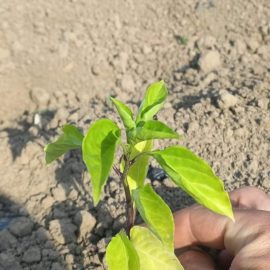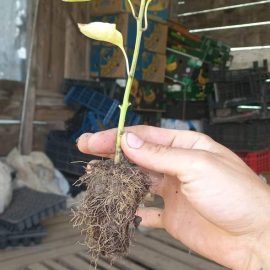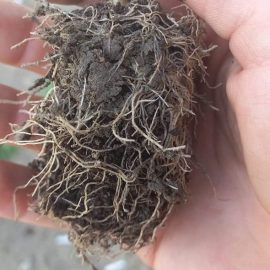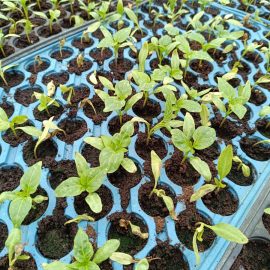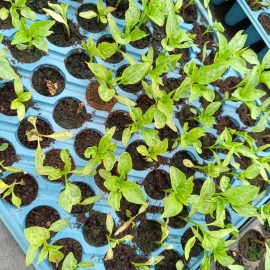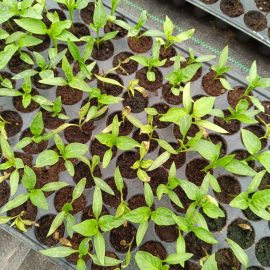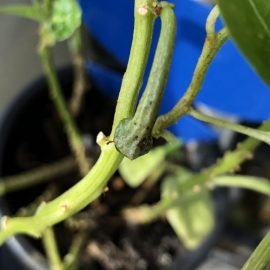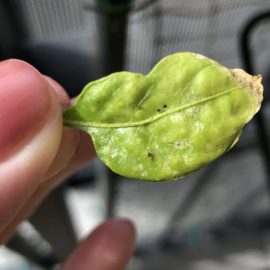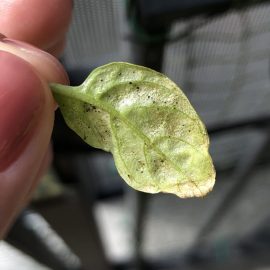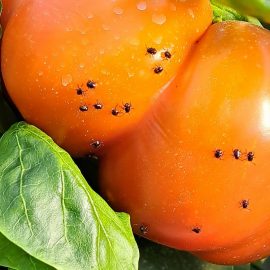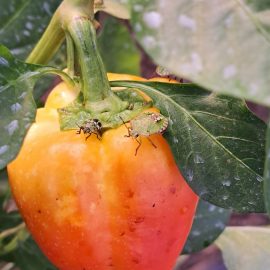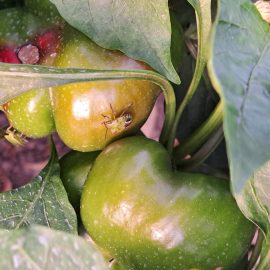Pepper Phytophthora blight – (Phytophthora capsici) – identify and control
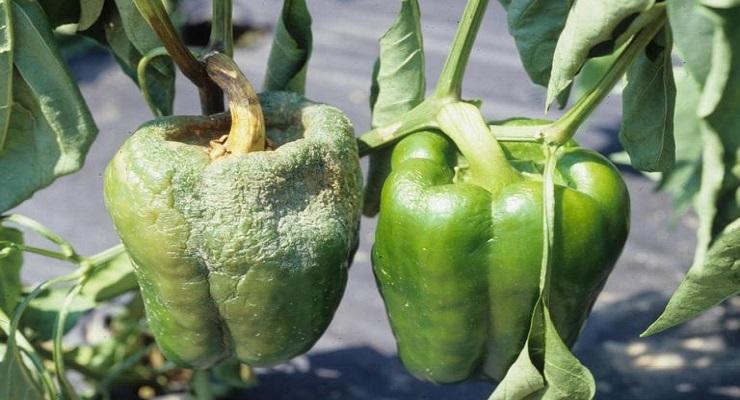
Phytophthora blight of pepper, Phytophthora capsici is also known as the root rot of the stem and the fruits of the pepper were reported in the USA in 1919, in Italy in 1927, after which it spread throughout Europe with a frequency of up to 40-50% in field crops.
Symptoms. The attack is frequent on leaves, fruits, and seeds and less often on stems and roots. The attacked leaves have circular spots around which the tissues appear scalded and are soon covered with a whitish fuzz. The affected tissues discolor, turn brown and dry. The attacked stems have a dark green then brownish-brown ringed area at the base, which immediately causes wilting and drying of the plants. The attacked fruits have watery, dark green then yellow spots. Next to them, the tissues are submerged and dried or covered with a fine whitish fuzz. Sometimes fungi such as Alternaria capsici-annui can install on the affected areas. The seed of the attacked fruit may rot or look normal, but it contains the infectious mycelium of the fungus.
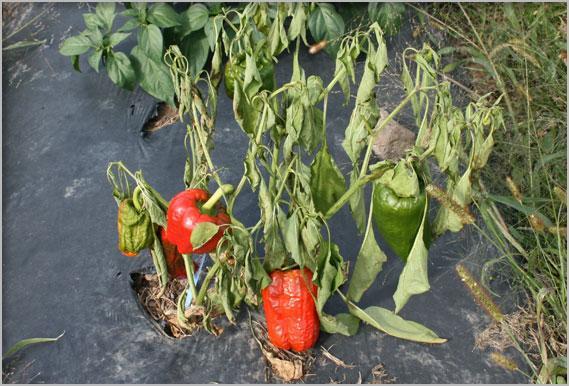
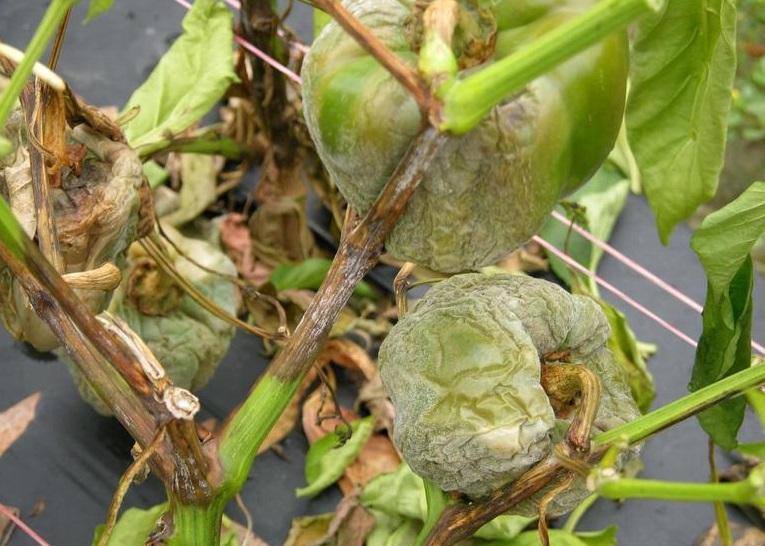
The pathogen is Phytophthora capsici. Transmission of the fungus from one year to another can be achieved either by resistance spores left in plant debris or by infected seeds. The fungus has widespread in the plant. During the growing season, its spores are carried by wind and raindrops or, through water from sprinkler irrigation. Sources of spores are rich because the fungus attacks watermelons, zucchini, cucumbers, eggplants, tomatoes, and carrots.
Prevention and control. Prevention methods include applying crop rotation in which the pepper does not return after one of the host plants of the fungus. Also, healthy seeds should be used to produce the seedling.
During the growing season, treatments against phytophthora blight of pepper, with specific fungicides are applied.
Recommended products
-
You can find products on a different store
Change Store -
You can find products on a different store
Change Store -
You can find products on a different store
Change Store -
You can find products on a different store
Change Store -
You can find products on a different store
Change Store -
You can find products on a different store
Change Store -
You can find products on a different store
Change Store -
You can find products on a different store
Change Store -
You can find products on a different store
Change Store -
You can find products on a different store
Change Store -
You can find products on a different store
Change Store -
You can find products on a different store
Change Store -
You can find products on a different store
Change Store -
You can find products on a different store
Change Store -
You can find products on a different store
Change Store -
You can find products on a different store
Change Store -
You can find products on a different store
Change Store -
You can find products on a different store
Change Store -
You can find products on a different store
Change Store -
You can find products on a different store
Change Store -
You can find products on a different store
Change Store -
You can find products on a different store
Change Store -
You can find products on a different store
Change Store -
You can find products on a different store
Change Store














































































































































































































































































































































































































































